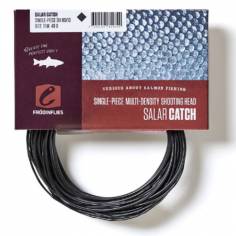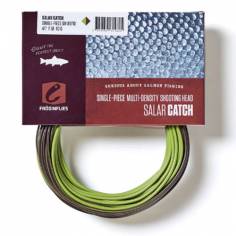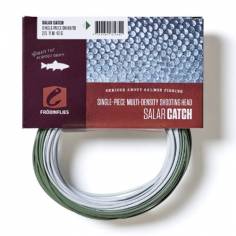- Fly fishing blog
- 0 likes
- 1667 views
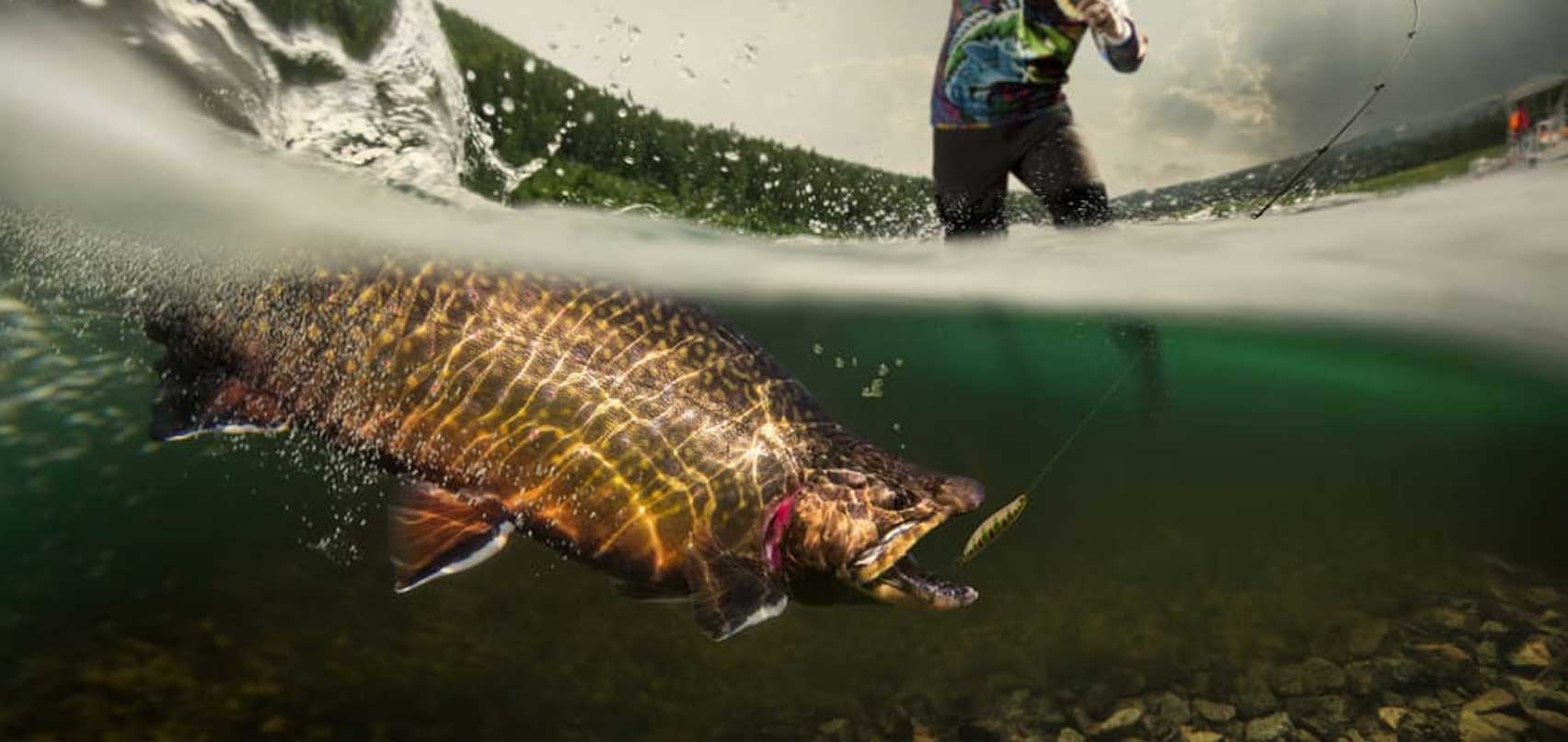
Do you know the different types of fishing that exist?
Fishing variants
Do you know the different types of fishing that exist?
Do you know what commercial fishing gear is?
As experts in fish and seafood, we have prepared a complete guide on the types of fishing, from sport fishing, to commercial fishing, to artisanal fishing. In addition, we tell you what their characteristics are and how they differ. Get out the rod and let's start!
Sport or recreational fishing is a recreational and entertainment activity carried out for fun and relaxation purposes. That is, unlike commercial fishing, in sport fishing fishermen do not seek to obtain an economic benefit.
Recreational fishermen often practice catch and release, releasing fish they catch back into the water, especially those that do not comply with regulations or that they do not intend to consume.
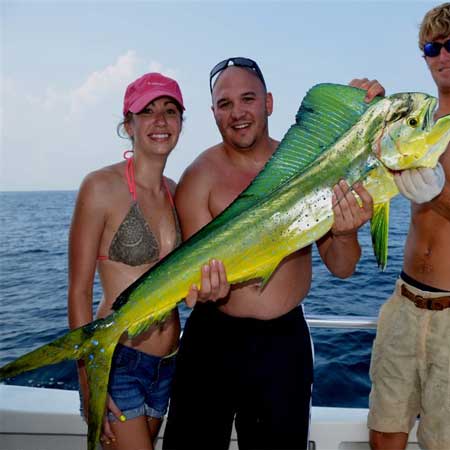
Sport fishing is practiced in both fresh water and salt water. Below we review its characteristics:
Freshwater fishing is a type of fishing practiced in rivers, lakes, swamps, reservoirs or marshes. In Spain, it is necessary to obtain a valid sport fishing license to be able to fish in fresh waters. The license may vary depending on the autonomous community and usually has different modalities (annual, temporary, for young people, etc.).
In addition to fishing, what should be taken into account?
Of course, to get started in sport or recreational fishing we will need the fundamental equipment. This will depend on the modality that we want to practice and the place where we are going to carry it out. If we want to fish from a boat, we must bear in mind that it is often necessary to obtain navigation licenses for the sea and navigation permits for rivers and swamps.
In addition to sailing, we will also have to apply for a collective recreational fishing license so that we and our companions can fish from the boat. In fact, even if we are not going to sail, if we fish at sea we will also need to obtain a recreational maritime fishing license from land. In any case, it is important to contact the Department of Agriculture and Fisheries of our Autonomous Community to obtain the necessary documentation.
Likewise, it is important to keep in mind that activities such as hunting and fishing pose a number of risks to both ourselves and others. For this reason, it is essential to be covered in the event of unforeseen events: taking out hunting and sport fishing insurance allows us to have mandatory civil liability coverage, which we can always extend to adapt it to our needs and the characteristics of the type of fishing we practice.
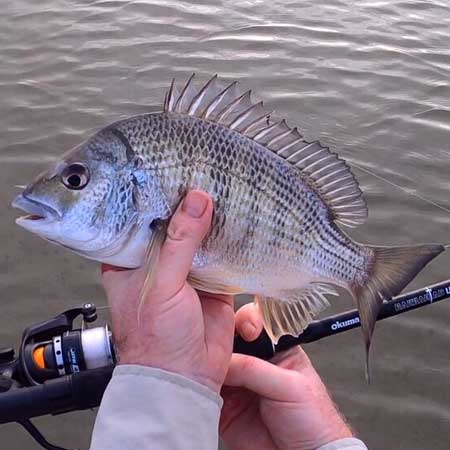
Freshwater fishing
Most fished species in freshwater sport fishing
Below we show you a table with the most caught fish in freshwater and by what technique it is done:
Species of fish Type of fishing used
Common trout Fly fishing
Barbel Fishing with natural or artificial bait (spinning)
Black bass Fishing with lures (spinning)
Pike Fishing with lures (spinning)
Common carp Fishing with natural bait (carpfishing)
Catfish Fishing with large baits and specific techniques (specialized fishing category)
Barbel (several species) Fishing with natural or artificial bait (spinning)
Boga Fishing with natural or artificial bait (spinning)
La forma de atraer a su especie objetivo es asegurarse de tener el cebo o el señuelo correcto (a menudo puede tener una combinación de diferentes cebos y señuelos al mismo tiempo para atraer a diferentes peces o intentar llamar la atención). están a la profundidad adecuada y van a la velocidad adecuada (generalmente lenta). Los profundizadores le ayudarán a mantener el cebo lo suficientemente por debajo de la superficie (la tendencia natural de un cebo en movimiento será elevarse), mientras que los estabilizadores le ayudarán a ampliar su conjunto de líneas y distribuirlas más ampliamente por el agua.
El curricán es particularmente común para peces pelágicos de aguas azules como el marlín, el pez vela y el peto, así como para especies comunes de agua dulce como la lubina rayada, la lucioperca y el almizclero.
Pesca con spinning / lanzamiento de cebo
El spinning es probablemente el tipo de pesca con el que cualquier principiante está más familiarizado. La pesca con spinning, que normalmente implica aparejos ligeros, es lo que piensas cuando piensas en el pescador clásico: toma una caña, un carrete y un señuelo, lanza y recoge. Este método se llama giro porque el carrete gira a medida que recuperas la línea. Antes de lanzar, abre la fianza en el carrete y el sedal saldrá mientras el señuelo vuela sobre el agua. Cuando su señuelo aterrice, gire la fianza hacia atrás y comience a recuperarlo; es tan simple como eso.
Los aparejos de pesca con spinning vienen en muchas formas y tamaños, pero normalmente una caña de spinning será un poco más larga y delgada, y se considera un aparejo liviano. Este aparejo se usa comúnmente para peces más pequeños en ríos, estuarios, llanuras y bahías. Si se dirige a alta mar o a objetivos más grandes, aumente el tamaño de su aparejo en consecuencia.
El lanzamiento con cebo se diferencia del lanzamiento con giro en algunos aspectos, pero la diferencia principal radica en el carrete: en lugar de un carrete giratorio con una fianza, un carrete con cebo tendrá un gatillo en la base del carrete que permite salir el sedal, y el La línea será paralela a la varilla en lugar de perpendicular. Los baitcasters vienen en todas las formas y tamaños; Hay baitcasters más pequeños que se usan de manera similar a las cañas giratorias y brindan un mejor control y control de la distancia de lanzamiento (aunque son menos amigables para los principiantes) y son especialmente comunes para la pesca de lubina. Muchas cañas de pescar con cebo se utilizan en alta mar para objetivos más grandes y serán cañas mucho más resistentes y pesadas, con un sedal más fuerte y carretes más grandes. Si bien el lanzamiento de cebo se originó, como su nombre lo indica, con el lanzamiento de cebo, este ya no es el estándar en absoluto y muchos usan señuelos de plástico o metal.
Saltwater fishing
Unlike freshwater sport fishing, saltwater anglers fish in oceans, seas, coasts and bays. And in addition to needing a marine fishing license, in some marine fishing areas, anglers may be required to have an additional permit or authorization. Species most caught in saltwater sport fishing. Here you can see which species are the most fished in Spain through the type of saltwater sport fishing:
Bass (snook) Fishing with lures (spinning)
Bream (sea bream) Fishing with natural or artificial bait (surfcasting)
Bream (white seabream) Fishing with natural or artificial bait (surfcasting)
Horse mackerel Fishing with lures spinning.
Denton (dentex) Fishing with natural or artificial bait (jigging)
Anjova (bluefish) Fishing with lures (spinning)
Cod (cod) Fishing with natural or artificial bait (vertical jigging)
Conger eel Fishing with natural bait (surfcasting)
Llampuga (dolphinfish) Fishing with natural bait (trolling)
Tuna (tuna) Fishing with natural bait (trolling) or deep-sea fishing from a boat
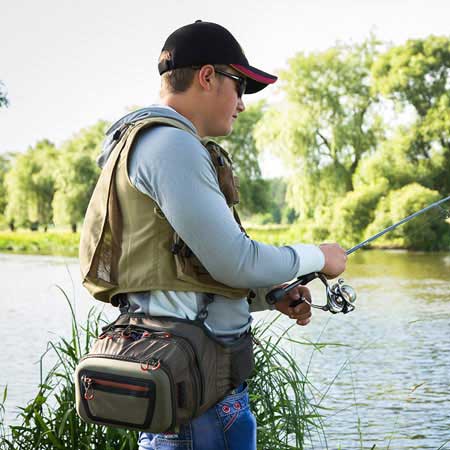
The different types of sport and recreational fishing are distinguished by elements such as the type of rod and baits used, the position of the angler and the fishing method. Below we indicate some of the most popular and outstanding types of fishing that are practiced in Spanish territory.
Fly fishing
Fly fishing or fly fishing is characterized by the use of a lure to attract fish. This lure is known as a “fly” because it imitates the shape of an insect; For this reason, it is most frequently used in lakes and rivers, where fish are accustomed to trying to hunt for drowned insects.
The most important thing to practice fly fishing is to have a long, flexible rod that is light and transportable. Of course, it is also important to choose the type of fly based on the species of fish we want to catch.
trolling fishing
Trolling fishing is practiced in rivers, lakes and at sea, although in the latter case it is usually done on board a boat. Also known as trolling or trolling, it consists of moving the lure very little by little to attract several fish at the same time.
Trolling is used to catch species such as pomfret and bream, and is often carried out professionally. The key to success is to move the boat little if we use an artificial lure, while we can go faster with natural baits.
spinning fishing
As its name indicates, spinning fishing is defined by the use of a rod with the same name, which is characterized by guide rings for the fishing line and two grips that facilitate the movement of the lure. The latter is always artificial, but the specific shape of the rod allows the angler to move the rod in a believable way to fool the fish.
Due to the ease of handling the rod, spinning fishing is practiced everywhere: from rivers to oceans, including rivers and lagoons. Compared to other disciplines such as surfcasting fishing, it is a free, accessible and entertaining modality for all types of fishing fans.
coup fishing
Like spinning fishing, coup fishing is also highly recommended for beginners. It is practiced from the shore and is defined by the use of long rods up to 6 meters long, often with a buoy to indicate when the fish are biting.
The name of this modality, which can be translated as “waiting fishing,” describes how it is practiced: basically, fishermen must stand in a fixed place and wait for the fish to catch the bait. The great advantage of this type is that it does not require the use of a reel to fish.
surfcasting fishing
Surfcasting is also one of the most relaxing types of fishing and recommended for beginners. Its name can be translated as “fishing among the waves”, and indeed it is usually practiced in the sea, in front of the shore. Starting at sunset and taking advantage of the fact that there are no bathers, the fishermen place a light rod between 4 and 4.5 meters long.
The main advantage of surfcasting is the contact with nature and the calm that fishing in front of the sea provides. Of course, since the fish must detect the bait by smell, natural lures must be used.
carp fishing
The last type of fishing that we will talk about is somewhat more peculiar than the previous ones. As its name indicates, this modality was invented for fishing large carp. This species sucks up the natural bait instead of biting it, so the angler must leave the hook free and hold the bait with a hair.
In this type of fishing, fishermen agree to release the carp after catching them. Their ethical conduct carries over to the moment of fishing: they try to avoid long confrontations with the fish and fish it with the utmost care to return it to its habitat in good condition.

 English
English  Español
Español Deutsch
Deutsch